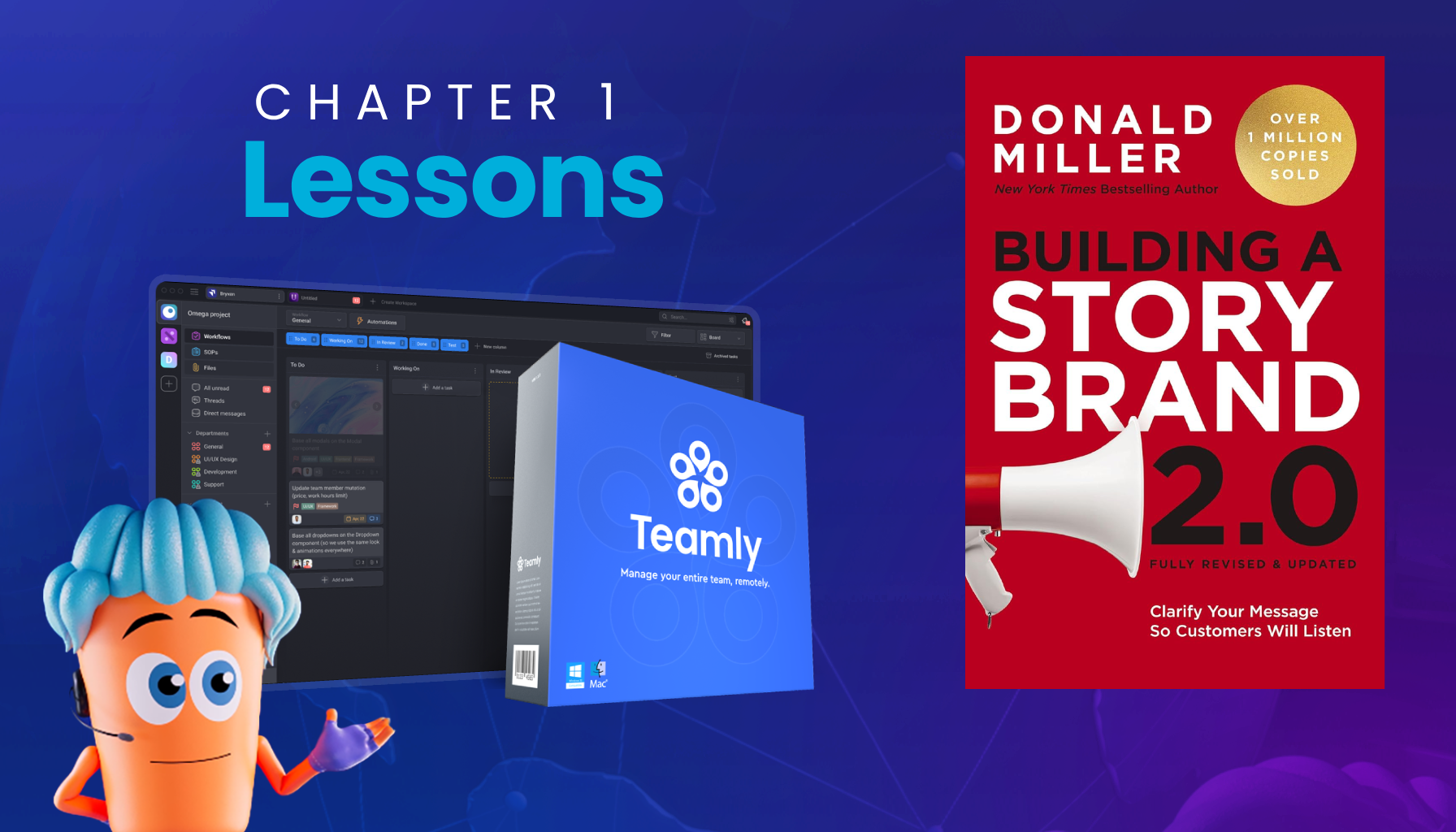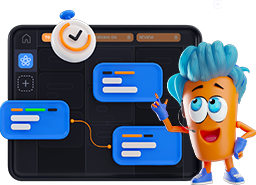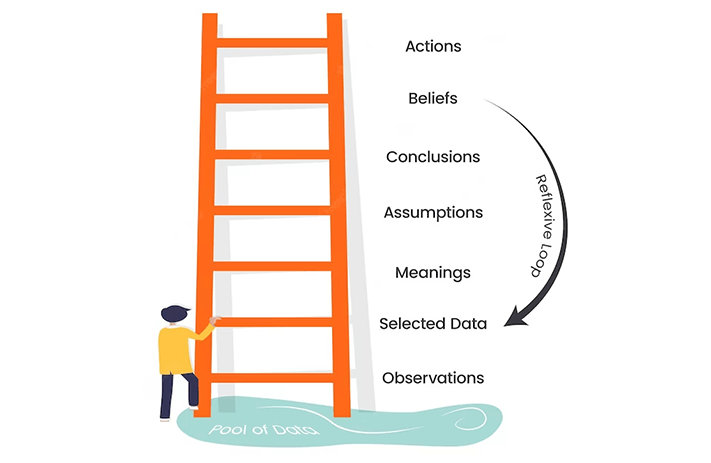
Click the button to start reading
Key Lessons from Building a StoryBrand 2.0: Chapter 1
Businesses spend enormous sums on marketing, only to be met with lackluster results. Why? The culprit is often unclear communication. Even the best products will underperform if their value isn’t communicated effectively.
The takeaway is simple: customers don’t buy what they don’t understand.
A pretty website alone won’t drive sales—words do. Without clear messaging, potential customers are left guessing, and guesswork rarely converts.
Marketing that lacks clarity doesn’t just fail to engage—it actively pushes customers away. When people visit a website or see an ad, they make snap judgments. If the message isn’t clear within seconds, they’ll move on to a competitor whose offer is easier to grasp.
In today’s fast-paced digital world, there’s no room for ambiguity. Brands must cut through the noise with messaging that is simple, direct, and instantly relatable.
The Power of Storytelling in Business
The brain is wired to process stories effortlessly.
Stories help simplify complex information, reducing the mental effort required to understand a product or service. This is the premise behind the StoryBrand 7-part framework, which offers businesses a proven way to clarify their message and connect with customers.
When applied, this framework doesn’t just resonate—it drives results.
Businesses using the StoryBrand framework have doubled or even quadrupled their revenue by creating messaging that speaks directly to customer needs.
Storytelling works because it mirrors how the human brain processes information. People remember stories far better than facts or figures, making it an incredibly effective tool for marketers. A well-told story engages the audience, builds trust, and establishes an emotional connection.
Furthermore, storytelling helps brands position themselves as guides in their customers’ journeys. By casting the customer as the hero and the product as a tool for success, companies can create a narrative that resonates on a deep level.

Common Marketing Mistakes
1. Focusing on Features, Not Benefits
Too often, brands highlight features instead of explaining how their product helps customers survive, thrive, or solve a problem. Customers care about what the product can do for them, not how impressive its specs are.
For instance, a tech company might emphasize the processing power of its software. However, customers are more likely to respond to messaging that highlights how the software will save them time or simplify their workflow.
2. Overcomplicating the Message
Another critical mistake is requiring customers to burn too much mental energy deciphering a message. Clarity must be prioritized.
A confused customer will quickly move on to a competitor whose offer is easier to understand.
Complicated messaging often stems from a company’s desire to say too much. But in marketing, less is more.
By distilling the message to its core value, businesses can capture attention and drive conversions more effectively.

Simple, Clear, and Relatable Messaging
At the heart of effective marketing is a clear and relatable message.
The StoryBrand framework helps businesses cut through the noise, focusing on what truly matters: communicating the value of their product in a way that customers instantly understand and appreciate.
For example, a pet supply company boosted sales by 99% simply by adding the phrase, “Kids Love Aquariums,” to their packaging.
That small change spoke directly to parents’ desires to create meaningful experiences for their children, demonstrating how the product aligned with their values.
Relatability is key to building trust with your audience. When customers see themselves in your story, they’re more likely to engage with your brand and become loyal advocates.
By addressing their specific pain points and aspirations, your messaging becomes a powerful tool for conversion.

Clarity is Your Competitive Advantage
Whether you’re a small business or a multinational corporation, confusing your customers will cost you.
Clear messaging not only reduces customer hesitation but also positions your brand as a trusted guide in their journey toward solving a problem.
Clarity fosters confidence. When your customers instantly understand how your product or service benefits them, they’re more likely to take action. A clear message eliminates doubts and reassures them that they’re making the right choice.
Teamly, for instance, helps businesses streamline operations and enhance productivity by providing tools that foster collaboration and transparency. Its messaging is straightforward and customer-focused, making it easy for businesses to understand how Teamly improves team efficiency.
Clear messaging also creates consistency across all customer touchpoints. From your website to your email campaigns, a unified message ensures that customers always know what your brand stands for and how it can help them.
Learn More About the StoryBrand Framework
The StoryBrand framework is more than just a set of marketing tips—it’s a blueprint for business success. By crafting a clear and compelling message, businesses can engage their audience, build trust, and drive revenue like never before.
Thousands of businesses have already transformed their marketing strategies using the StoryBrand framework. From mom-and-pop shops to billion-dollar corporations, the results speak for themselves. Clear messaging works, and it works consistently.
By applying the principles of the StoryBrand framework, you’ll not only capture your audience’s attention but also build lasting relationships. Customers who feel understood and valued are more likely to remain loyal, advocate for your brand, and contribute to your long-term growth.
Ready to transform your business? Get your copy of Building a StoryBrand 2.0 on Amazon and start creating messages that resonate with your customers.
















